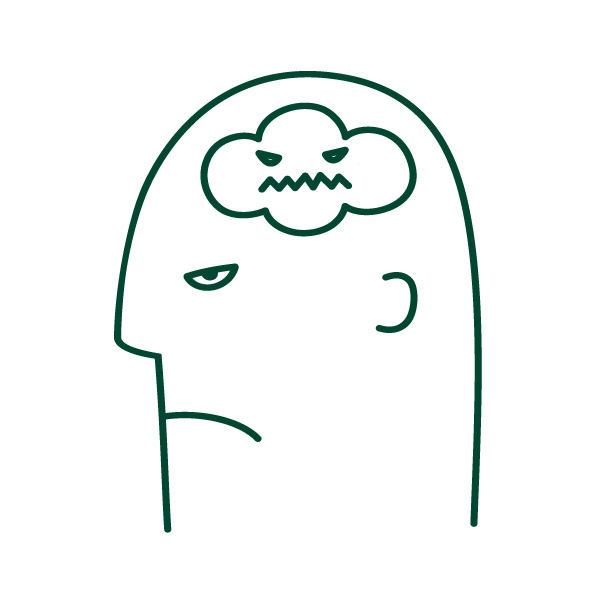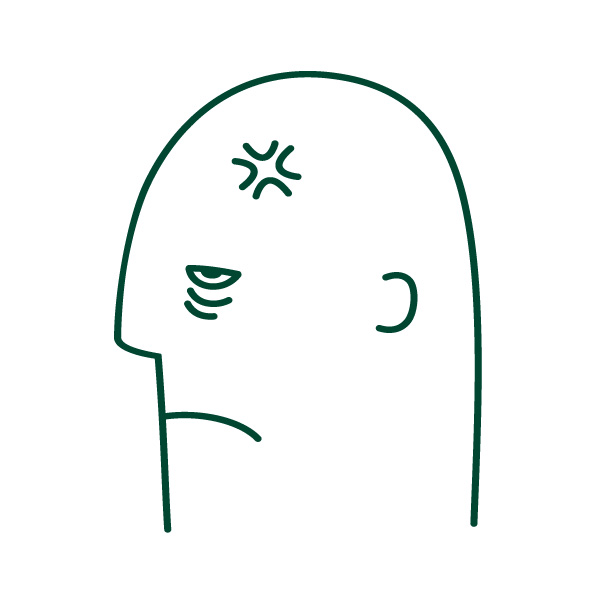Substance Use and Misuse
Let's make healthy decisions by first understanding substance use, common substances and their risks, signs of misuse and abuse. Resources are available to you.
What is substance use?
Substance use refers to the consumption, inhalation, or injection of substances such as alcohol, tobacco, cannabis, prescription medications, opioids and other drugs.
There are a variety of reasons people use substances, including:
- Social interaction
- Recreation
- Medicinal purposes
- Stress relief
- Coping
Substance use occurs on a continuum, and not everyone who uses drugs or alcohol misuses, abuses, or is dependent on them. However, there are potential adverse consequences associated with drinking alcohol and/or using drugs.
It’s important to be informed, intentional, and thoughtful about whether and how we engage in any form of substance use.
It’s also important to notice warning signs of misuse/abuse and to know how to access resources and support (for ourselves or others), if needed.
Be informed and have a plan.
Abstinence, or choosing not to use substances, is always an option. If you do choose to use substances, we encourage you to have a plan, understand substance-specific information, know the risks, learn available resources, and engage in healthy conversations about it.
Contact Us
Humanities, Room 150One flight up the turret entrance
Phone: 410-617-CARE (2273)
Call to schedule an appointment
Monday - Friday, 8:30 a.m. - 5 p.m.
REACT Online
REACT is an online video that explains how to help yourself or someone you care about cope in healthy ways after a distressing life event (such as a trauma, assault, or loss).How Can I Use Responsibly?
Harm reduction strategies will not eliminate the risks and potential consequences of substance use but may help you reduce harm if you choose to use them. Because there are many health and safety risks associated with drug and alcohol use, the safest option is to abstain from substance use. Some common and essential harm reduction strategies can include:
Potential Signs of Misuse and Abuse
Whether it’s our own behavior or the behavior of others, substance misuse or abuse can sometimes be difficult to spot or determine. This is partly because downplaying or minimizing abuse or trying to hide it can, in itself, be one of the symptoms of misusing substances. Below, you’ll find some (not all) of the behavioral, emotional, and physical signs that someone might be misusing alcohol or drugs:



Know Your Substances
Below, you’ll find some important facts and information about various substances to be aware of as you make your own decisions about your use.
Alcohol
- Information about standard drink sizes and measurements from the CDC can be found here.
- BAC (Blood Alcohol Content): BAC increases with each drink and is impacted differently based on weight, sex, and food intake. There are a lot of resources that consider consumption based on the gender binary, and more research is needed considerig the experience of non-binary and trans folx. Research does show that, regardless of gender identity, levels of estrogen and testosterone may impact the metabolism of alcohol.
- Signs of Alcohol Poisoning can be looked for by remembering the acronym C.U.P.S.
- People suffering from alcohol poisoning may be Cold, Unconscious, Puking, and Slow Breathing
- Call Loyola Public Safety at 410-617-5911
- Use a calm tone when communicating with the victim as well as any support services
- Be sure to position the victim on their side to avoid choking and keep their airway open
- Offering support to someone who is struggling can be emotionally and physically draining. Be sure to prioritize your own self care after you experience an incident.
Cannabis
- THC is the mind-altering compound in the cannabis plant. There is a higher potency of THC in vapes and edibles.
- Edibles can take up to 90 minutes to begin to take effect and last longer. If used, it is recommended not to exceed one dose in 24 hours.
- Risks of cannabis use include heightened anxiety, panic attacks or psychosis, and long-term/heavy use may lead to dependence
- Cannabis, in all forms, impairs driving and memory
- IMPORTANT: Know your source and be cautious of synthetic cannabis
Prescription Medications
- IMPORTANT: Just because it’s prescribed for someone, doesn’t mean it is safe for you.
- Consider possible risks and interactions with other medications.
- Misuse of stimulants like amphetamines can lead to serious medical complications including heart problems, seizures, panic attacks, paranoia, violent behavior, or emotional distress.
- Counterfeit pills may look legit, but often contain fentanyl
- Risks include overdose, dependency, and withdrawal
- May cause dangerous interactions when mixed with alcohol or other drugs
Opioid Drugs
- Even the smallest amount of opioids can cause overdose or fatal overdose
- Fentanyl is a synthetic opioid significantly linked to rising rates of drug overdose deaths
- Know the signs of an opioid overdose:
- Falling asleep or losing consciousness
- Doesn’t respond to stimuli like shouting, a pinch or sternum rub
- Slow, weak or no breathing
- Choking or gurgling sounds
- Limp body
- Cold and/or clammy skin
- Discolored skin (especially in lips and nails)
- Small, constricted “pinpoint pupils”
- Naloxone: A life-saving medication that can be administered when a potential opioid overdose is suspected.


Help is available.
We're here to help.Explore resources at Loyola University Maryland and beyond related to substance use and misuse.
References
- BTNX Inc. California Department of Public Health – CDPH
- Maryland’s Office of Overdose Response
- National Center for Health Statistics
- National Institute on Drug Abuse
- Substance Abuse and Mental Health Services Administration
- The Jed Foundation
- World Health Organization – Mental Health
- About Standard Drink Sizes – CDC
- Black First-Year College Students’ Alcohol Outcome Expectancies – PMC
- Perceived Racial Discrimination, Heavy Episodic Drinking and Alcohol Abstinence among African American and White College Students – PMC
- Hazing Prevention Strategies
- Bullying Victimization Among College Students: Negative Consequences for Alcohol Use – PMC
- Alcohol and Sexual Assault – PMC
- Sexual Assault and Alcohol: What the Research Evidence Tells Us
- Substance Use Disorders and Treatment in AAPI Women – PMC
- Substance Abuse Among Specific Population Groups and Settings – NIH